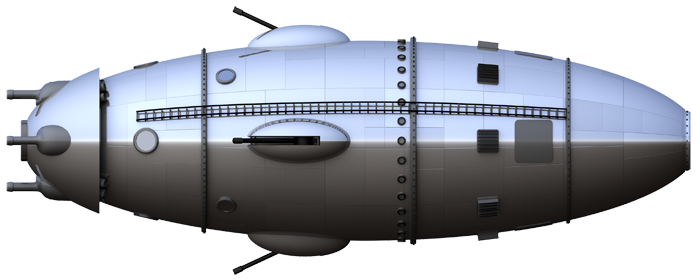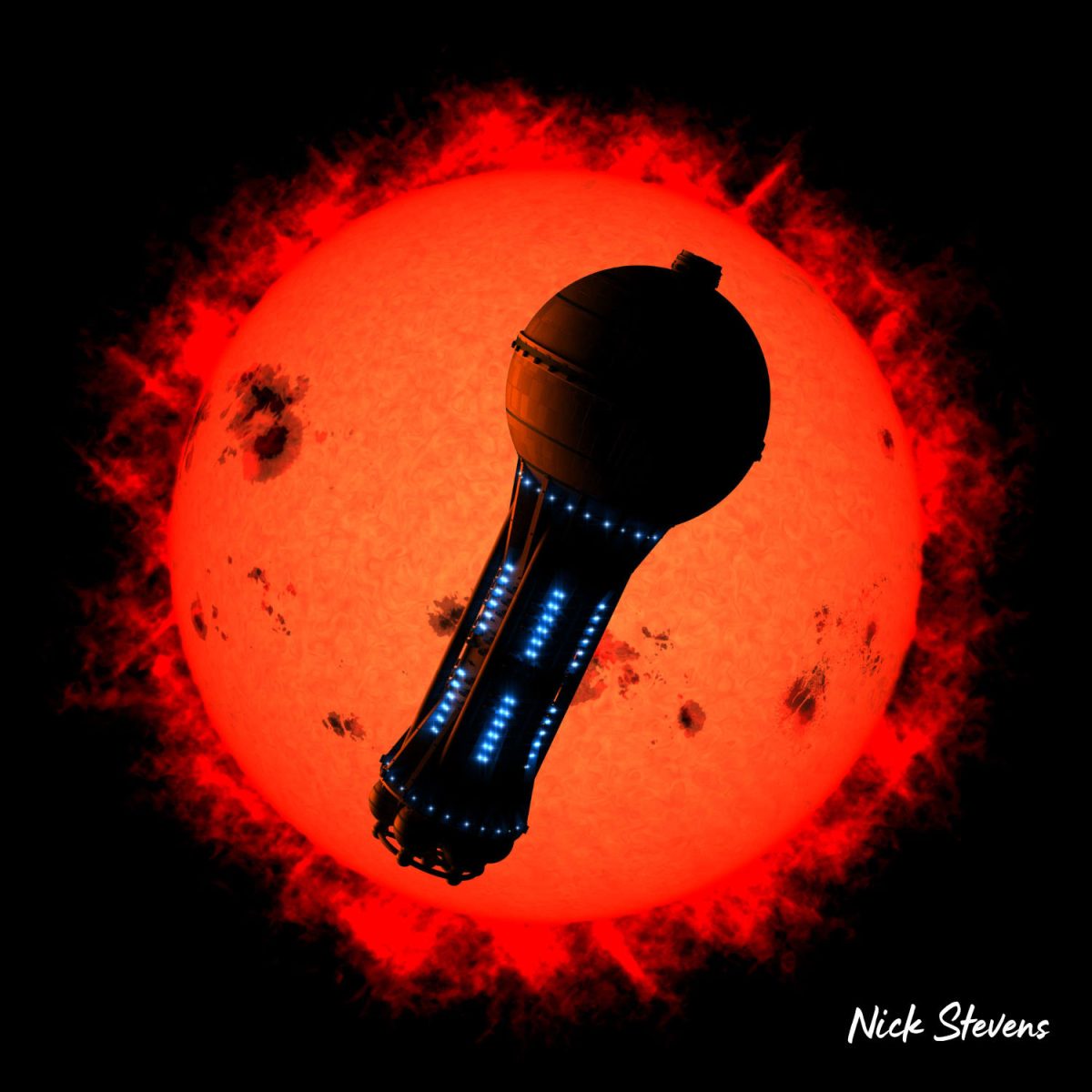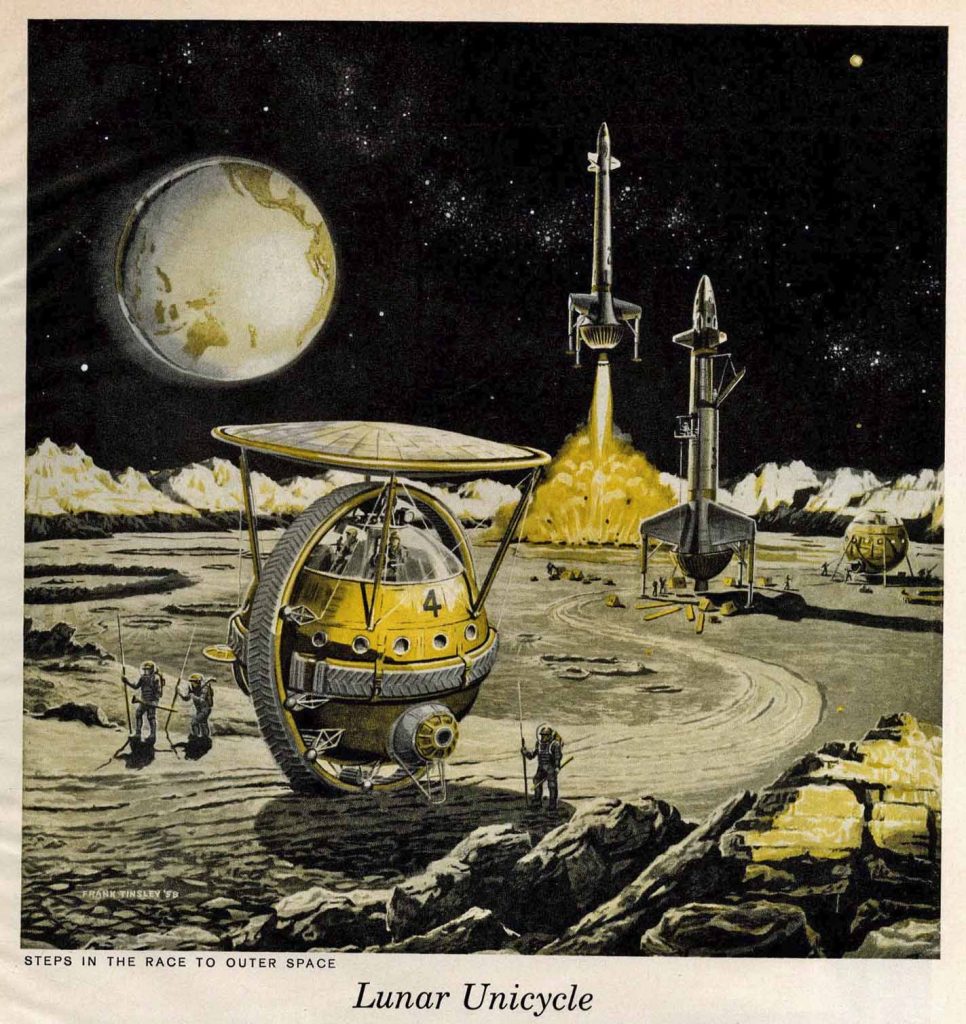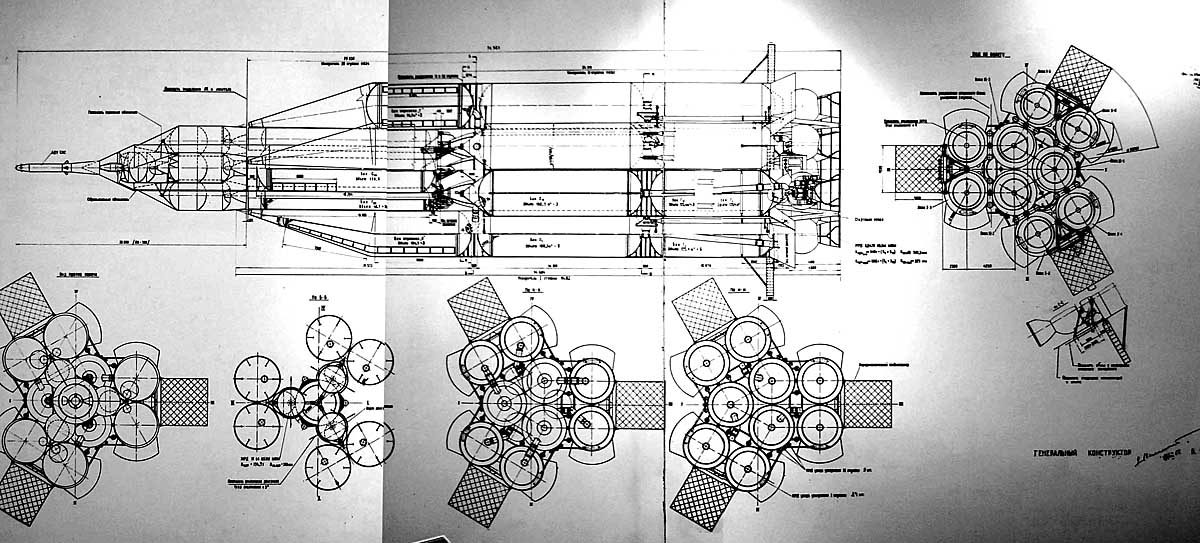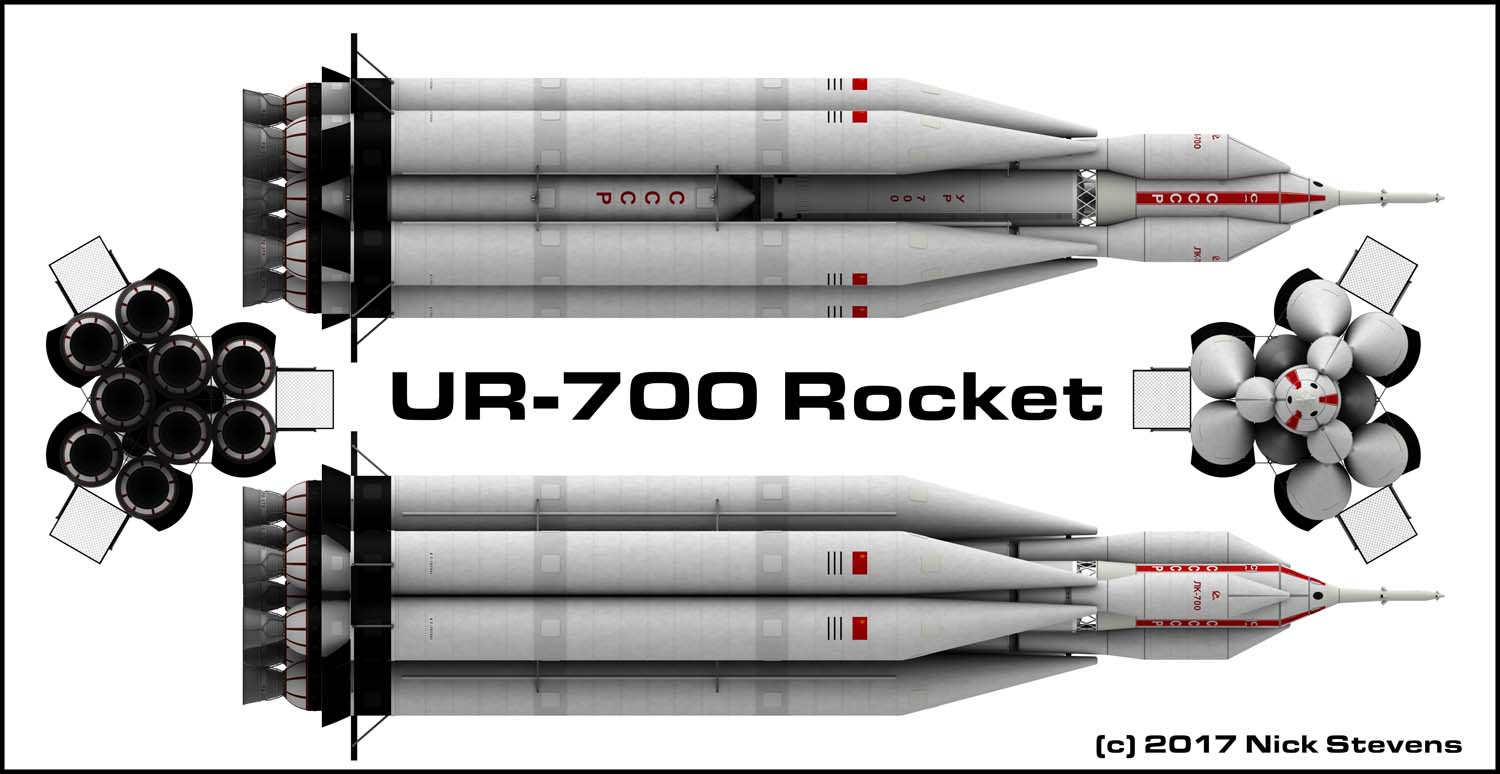Twelve New Works
I’ve not made a proper post here in a long time, and decided to fix that with a selection of my relatively recent work.
However, if you want something more frequently updated, I post most days on Blue Sky and Mastodon. (Gave up on Twitter a long time ago). Also I publish fairly regularly on my Soviet Space Substack, covering Soviet Space History as well as my visualisations, and restored archive material.
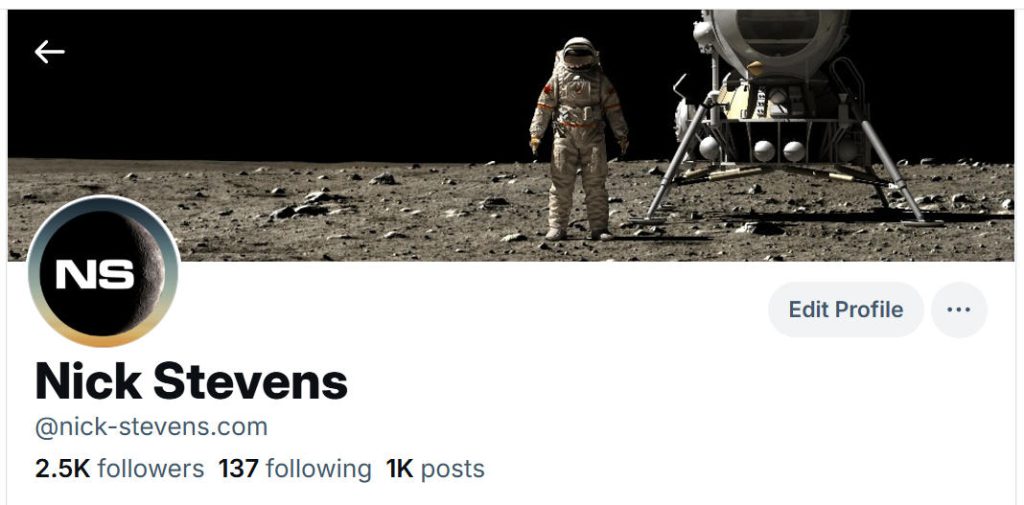
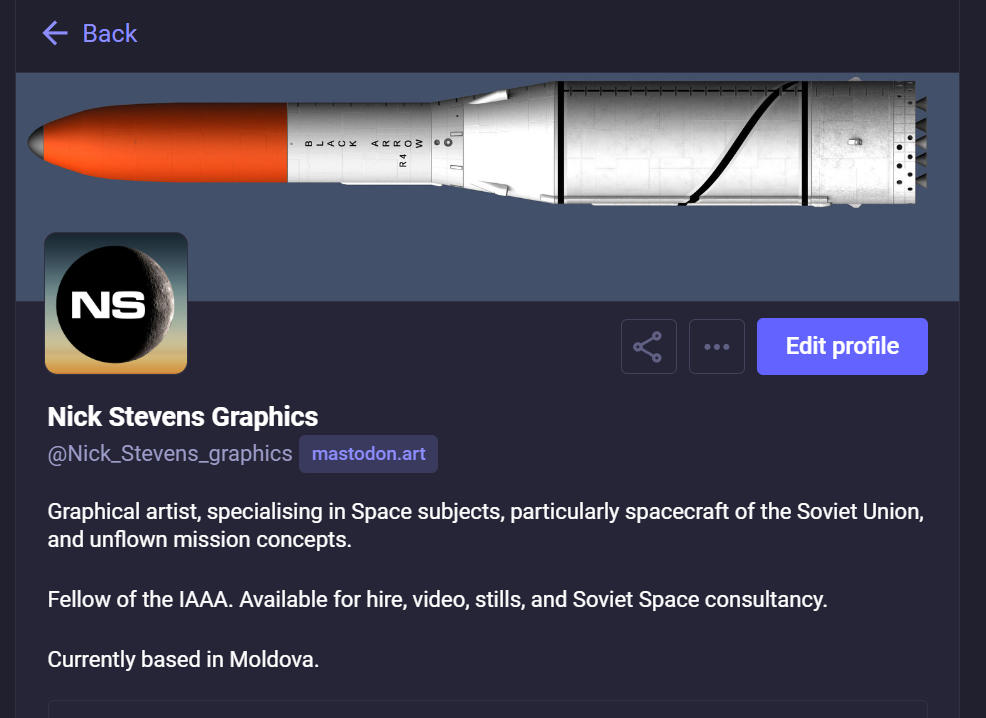

So, here we go. As usual, click on an image for a larger version. All rights reserved, feel free to contact me if you want to use an image, or if you want to commission me for work.
The Red Star
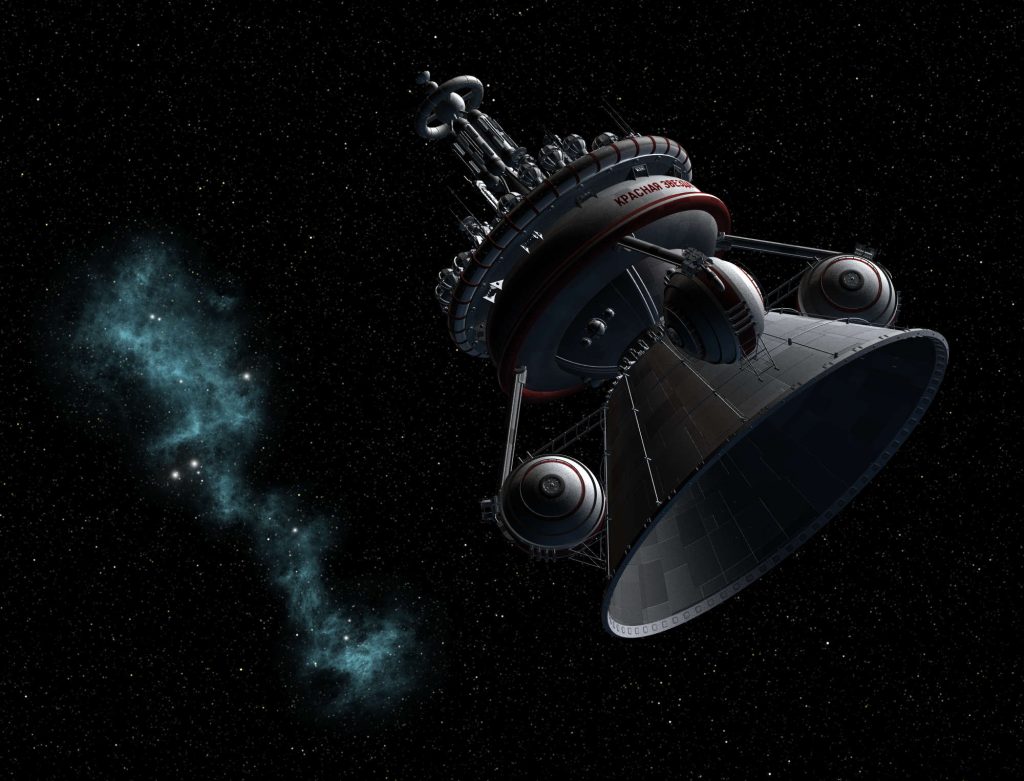
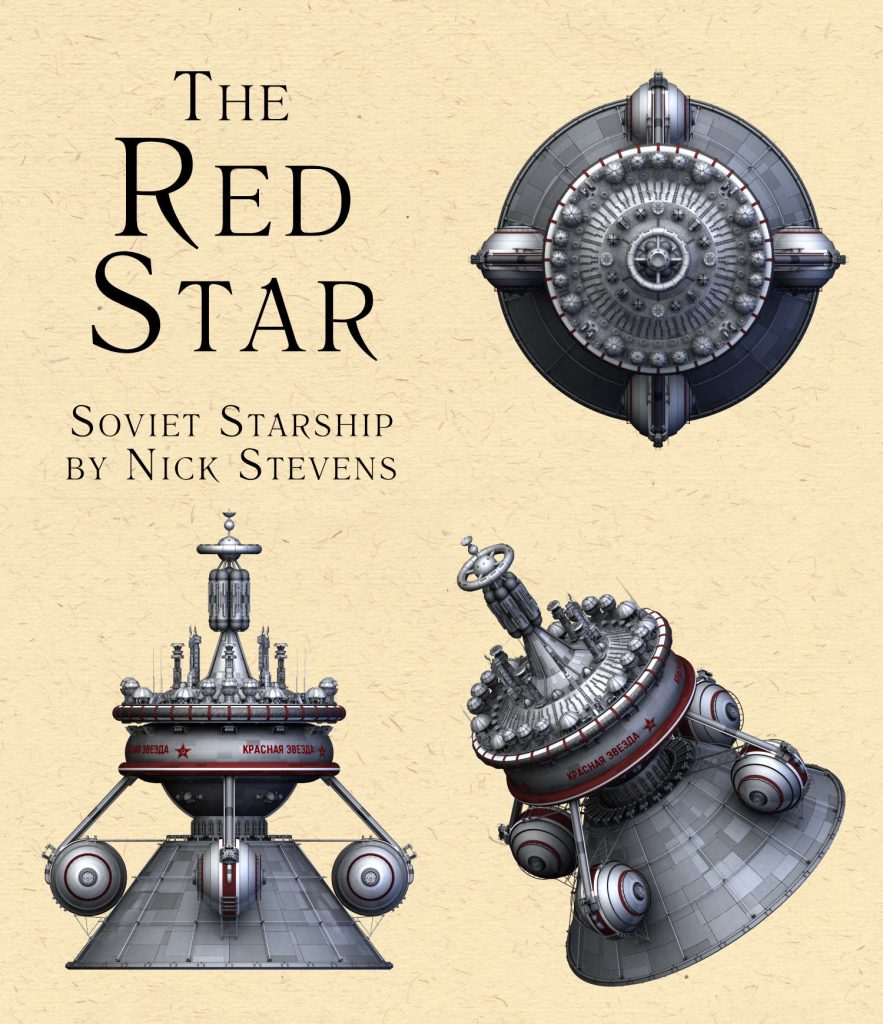
This design was based on a small illustration from the Soviet era. There was plenty of room for ad lib-ing the details, and I incorporated ideas from a Tsiolkovsky station, Daedalus Nuclear Pulse , and other elements. I’m really pleased with how this came out.
FREA pulse class ship at Proxima Centauri.
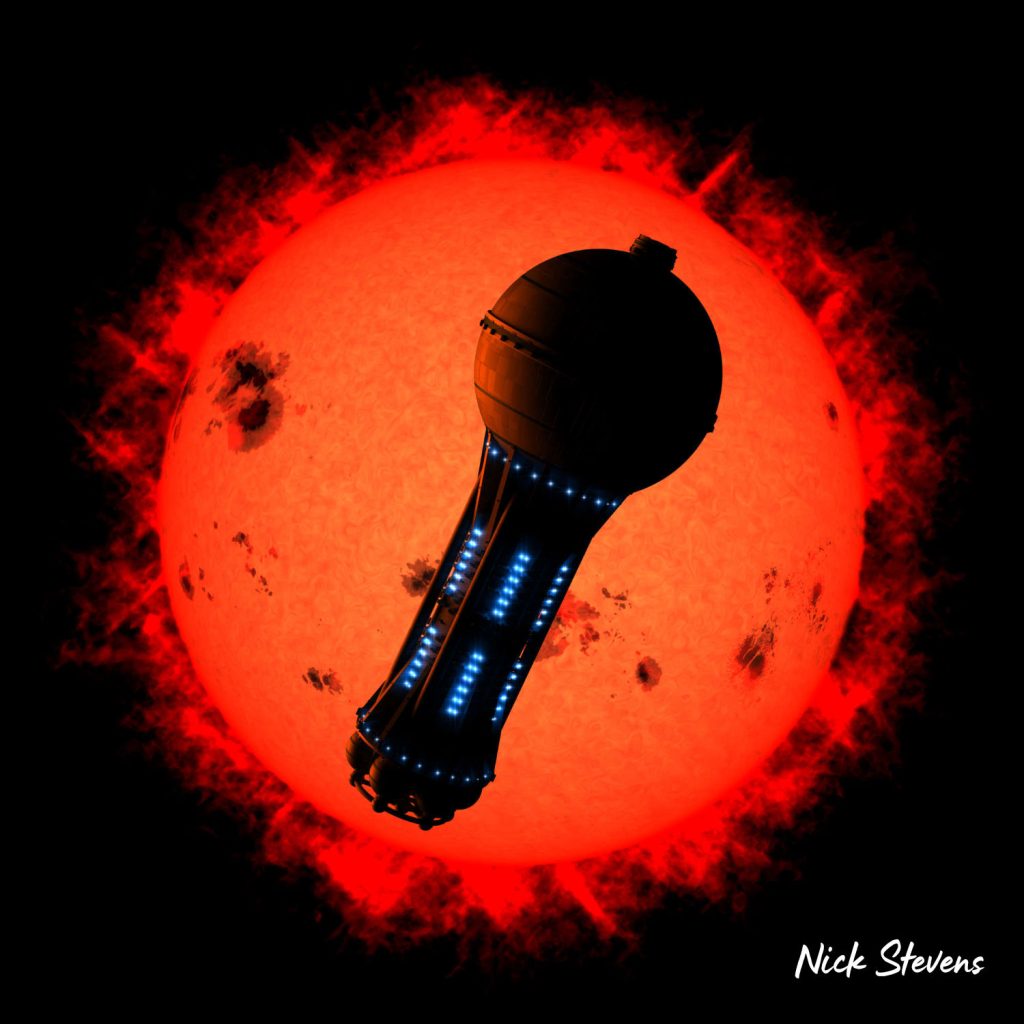
As you may have noticed if you see me on other Social media, I’ve been doing a LOT of work for the Enzmann Archive AKA FREA, and this is one of my favourites. Continue reading “A selection of recent work”
